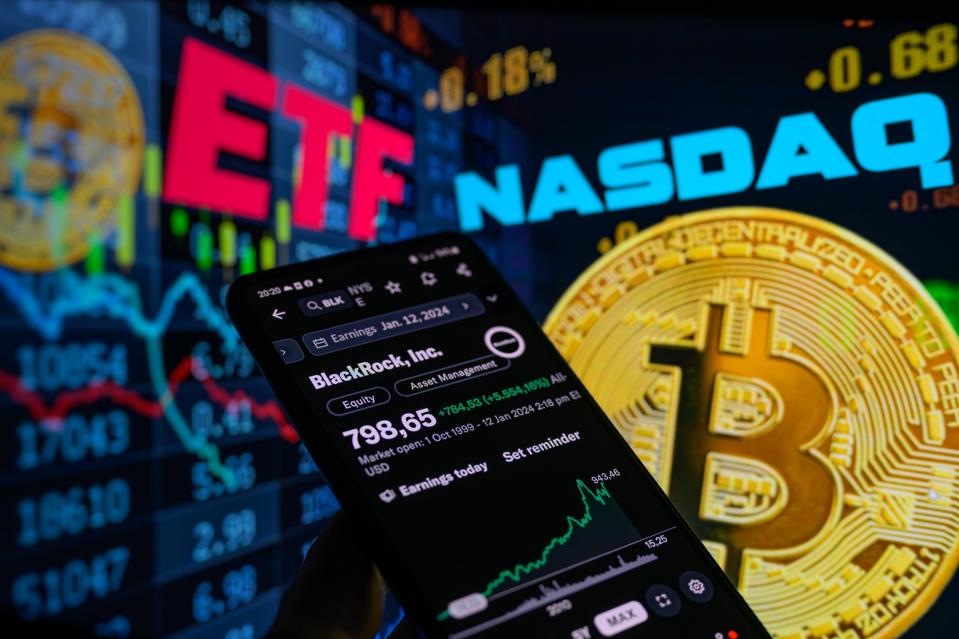By Saman Rizwan
The meteoric rise of memecoins like Dogecoin and Shiba Inu has captured the attention of not just retail investors, but also employees seeking alternative ways to build wealth and potentially escape the traditional work grind.
A new token aims to revolutionize the online world and usher in a new era of online technologies. Like other digital assets, beyond the viral trends and celebrity endorsements, it also raises intriguing questions about the future of work. Traditionally, significant financial gains were limited to a select few through established investment channels. Cryptocurrencies with their rapid price fluctuations and dependence on community hype, offer a chance for anyone to potentially strike it lucky and achieve financial independence. This echoes the original allure of blockchain technology, with the hope of escaping the confines of a 9-to-5 job through quick gains. For “memecoins” this is even more the case.
Among the later contenders is Amaterasu Omikam, a decentralized cryptocurrency created in September 2022 by an anonymous person using the pseudonym “Ryoshi Mochizuki”. Omikami is a decentralized token that aims to become the future of AI, machine learning, the metaverse, VR/AR systems, DeFi, and Web 3 technologies.
Omikami has no centralized authority controlling its transactions. This means that there are no fees or taxes associated with buying or selling the token, making it a more cost-effective option for investors. Founder Ryoshi, believes in the token’s potential to revolutionize AI, machine learning, the metaverse, VR/AR systems, DeFi, and Web 3 technologies.
“Omikami represents a new era of technological progress and innovation, and I am confident that it will play a major role in shaping the future of the crypto market and beyond,” said Mochizuki.
The allure of memecoins can be particularly strong for many office workers who feel trapped in an “always-on” hustle culture and willing to invest in a blockchain innovator whose name they don’t know if it means an escape from a busy office life. According to CryptoDaily, Memecoins saw a 1,312.6% growth in the first quarter of 2024. Influenza CEO Steve Blakeman criticized this pervasive trend in a blog post.
“Everyone is busy at work at some stage and we are all working longer hours so constantly claiming you are busier than your colleagues just gets right up their noses,” said Blakeman in a LinkedIn post.
The unpredictable nature of these assets, heavily influenced by social media trends and celebrity whims, makes them unsuitable for long-term financial planning. The paradox here is that while the “always-on” culture pushes employees towards constant work, it also fuels the very social media engagement that drives memecoin trends. Even when people are “working” they find time to scroll. This creates a precarious situation where financial freedom might seem close at hand, yet the underlying volatility could trap individuals in a cycle of checking social media and hoping for a lucky break — just like many of the people they encounter on social media.
Projects like Omikami, however, aim to build a more sustainable future around memecoin culture. They are creating robust, community-driven DeFi ecosystems. Omikami, for example, focuses on decentralization, empowering its user base to shape the project’s future, which resonates with workers yearning for more control and transparency in their professional lives.
While memecoins themselves might be a gamble, the underlying DeFi infrastructure offers intriguing possibilities. Decentralized exchanges (DEXs) like Omikami’s OmiSwap are one aspects of this. Staking and farming mechanisms that reward long-term token ownership could provide a more stable form of income generation compared to relying solely on unpredictable memecoin price swings.
The future of work and memecoins remain intricately linked. While memecoins themselves are a risky proposition, the technology and communities they foster could pave the way for a more decentralized and empowering financial landscape, potentially offering workers new pathways to financial freedom and a better work-life balance. However, navigating this space requires a cautious approach, prioritizing long-term financial health over the allure of quick gains.
Memecoins reliance on social media trends and celebrity whims can make them unpredictable investments, unsuitable for long-term financial planning. This volatility could potentially destabilize the future of work if individuals start relying on memecoin gains as a primary income source.
Yet, if people feel like they are always working they are always also scrolling.
The Omikami team recognizes the value of established infrastructure. By choosing the Ethereum blockchain for its foundation, they leverage Ethereum’s security and robust developer community. Indeed, Ethererum could be soon designated as a security by the SEC. This strategic decision fosters trust and reduces technical risks associated with fledgling blockchains.
A recent study by Pew Research Center found that only a small percentage of Americans actually own cryptocurrency. Part of that hesitancy is demographic in nature.
“For instance, adults ages 50 and older who have heard about cryptocurrency are more likely than their younger counterparts to say they are not confident in its reliability and safety,” Pew Research said in releasing the report last year.
Long-term investment is often rare. As such Omikami plans to offer additional features that incentivize long-term token ownership. Staking and farming mechanisms will reward users for holding $OMIKAMI, while an AI-powered bot dubbed “OmiAI” adds a touch of innovation, offering creative text and image generation functionalities. This may help make users more comfortable as it is likely AI will become part of all of our jobs in the future. Goldman Sachs claims 300 million full-time workers across the globe could be automated in some way by the newest wave AI. However, there is no doubt that the future of work will involve decentralization, utility for workers, and community engagement.

